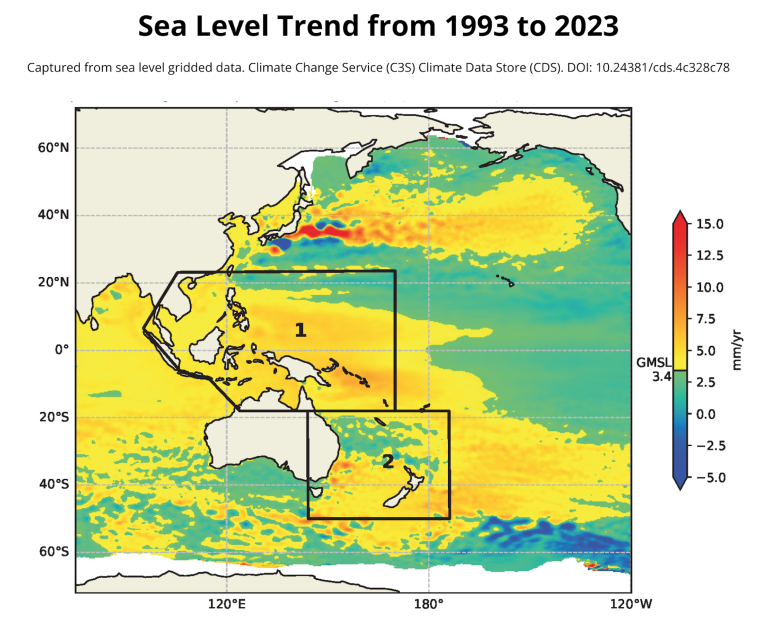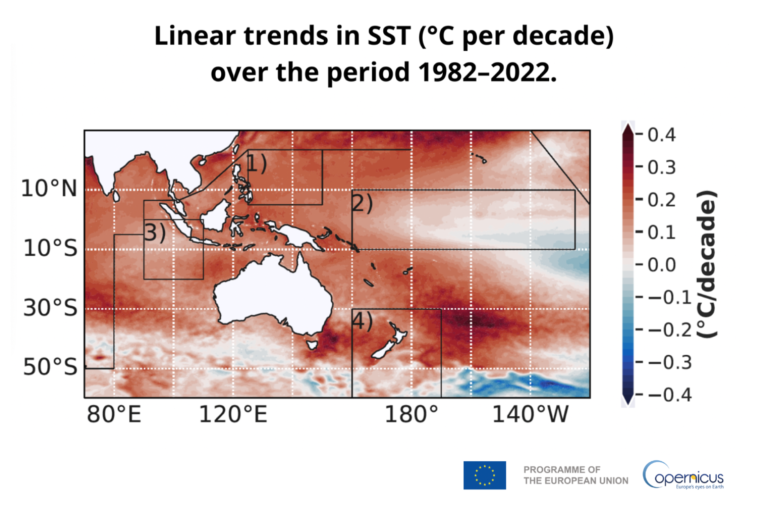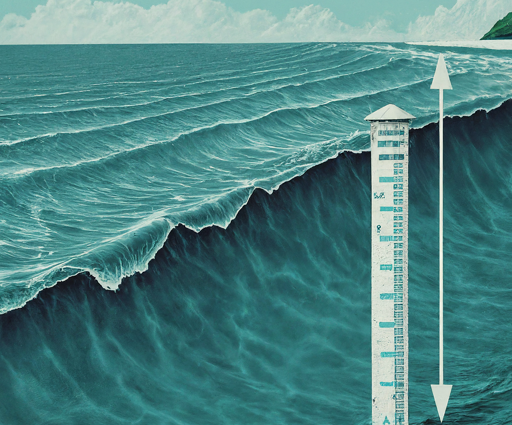The Pacific Ocean is experiencing a more rapid rise in sea levels than the global average, according to a recent report by the World Meteorological Organization (WMO). This alarming trend poses a significant threat to low-lying island states in the region.

Globally, sea levels are rising at an accelerating pace due to the melting of ice sheets and the expansion of warmer ocean water. However, the WMO report revealed that the average annual increase in sea levels in certain areas of the Pacific, particularly north and east of Australia, is significantly higher than the global average.
This rise in sea levels has led to a surge in coastal flooding events in Pacific island nations. The frequency of such events has increased dramatically since 1980, with some islands experiencing dozens of instances per year, compared to just a handful in the past. These floods are often exacerbated by tropical cyclones, which scientists believe may be intensifying due to climate change.

The impact of rising sea levels on Pacific islands is disproportionately high due to their low average elevation. Many of these islands are only a meter or two above sea level, making them particularly vulnerable to flooding and erosion.
In response to this crisis, Pacific island nations are advocating for urgent action to address climate change. However, the WMO report warns that sea levels will continue to rise for centuries to millennia due to the ongoing accumulation of heat in the deep ocean and the continued loss of ice from glaciers and ice sheets. This means that the challenges facing Pacific island states are likely to intensify in the years to come.
Reference- Reuters article, World Meteorological Organization (WMO) report, National Geographic, BBC






